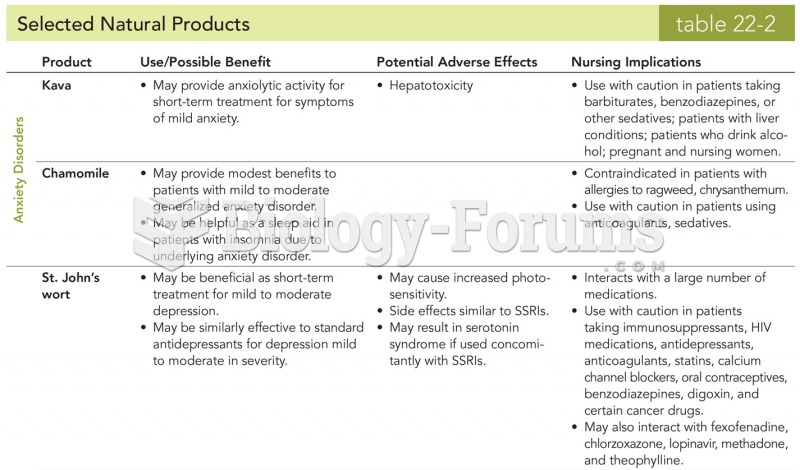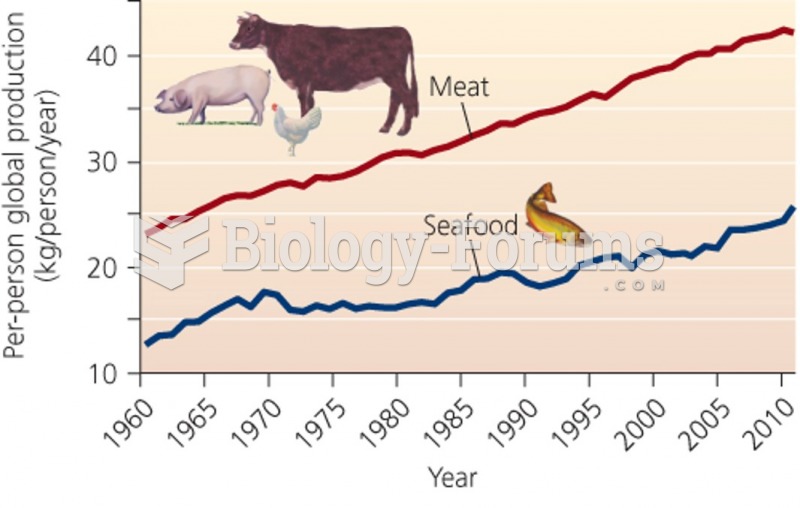Answer to Question 1
Substrates that should have been formed from the enzymatic reactions that are defective in metabolic disorders are needed for energy production, protein turnover, feedback inhibition of metabolic pathways, and/or production of other substrates. In the case of metabolic blocks in these enzymatic reactions, an alternative means of achieving the end goal of the reaction must be provided. In glycogen storage disease type I, for example, the enzymatic block results in an inability to produce glucose. Consequently, providing a continuous source of glucose through frequent feedings is the therapy for this disorder. Similarly, in the amino acid disorder homocystinuria, where the amino acid homocysteine is unable to be converted to cysteine, cysteine consequently needs to be supplemented in the diet.
Answer to Question 2
S (Subjective):
Information relayed to counselors from the client or the family.
Citations do not need to be in complete sentences. Because the notes are under S, the assumption is that the information came from the client and there is no need to begin a statement with Client says..
Entries may include information about physical activity; weight patterns; appetite changes; socioeconomic conditions; work schedule; cultural information; significant nutritional history, such as usual eating pattern, cooking, and dining out.
O (Objective):
Information generally comes from charts and laboratory reports and includes factual and scientific information that can be proven.
Citations do not need to be in complete sentences.
Examples of possible information include: age, gender, diagnosis, nutritionally pertinent medications, anthropometrics, laboratory data, clinical data (nausea, diarrhea), height, weight, healthy body weight, changes in weight, and diet order, estimation of nutritional needs.
A (Assessment):
This is the counselor's interpretation of the client's status based on subjective and objective information including nutrition diagnosis.
Information should be written in complete sentences as a paragraph.
The following can be the format for this entry:
Begin with a statement summarizing the client's nutritional status and concerns.
Reflect on subjective and objective data and their impact on concerns including evaluation of nutritional history, possible problems and difficulties with self-management and the effect of medications on nutritional status.
Provide possible approaches and interventions.
Assess degree of readiness, comprehension of information provided, and previous goal achievement.
P (Plan):
Notations are generally short, concise statements written in complete sentences that can include the following:
Long-term goals and specific, measurable short-term goals
Need for additional diagnostic dataassessments, lab work, consultations
Therapeutic planschanges in nutrition care plan, diet prescription, supplement recommendations
Educational plans to address dietary issues







